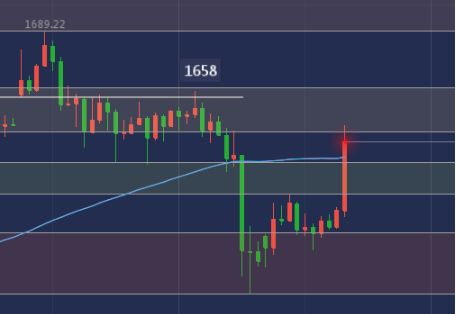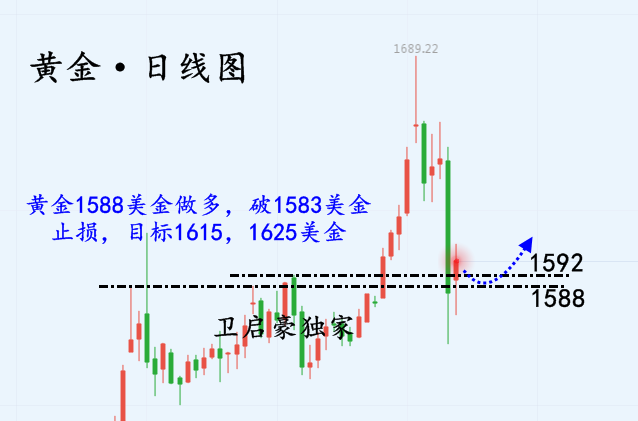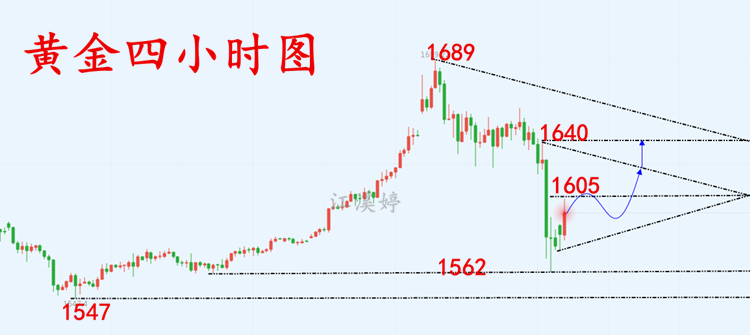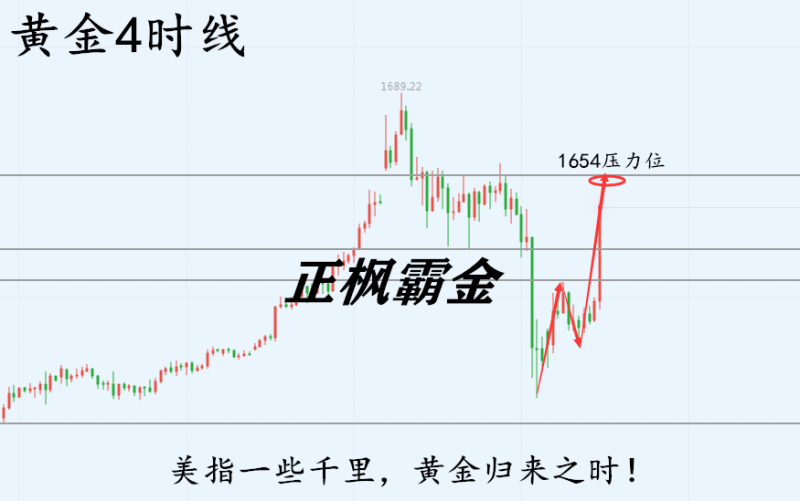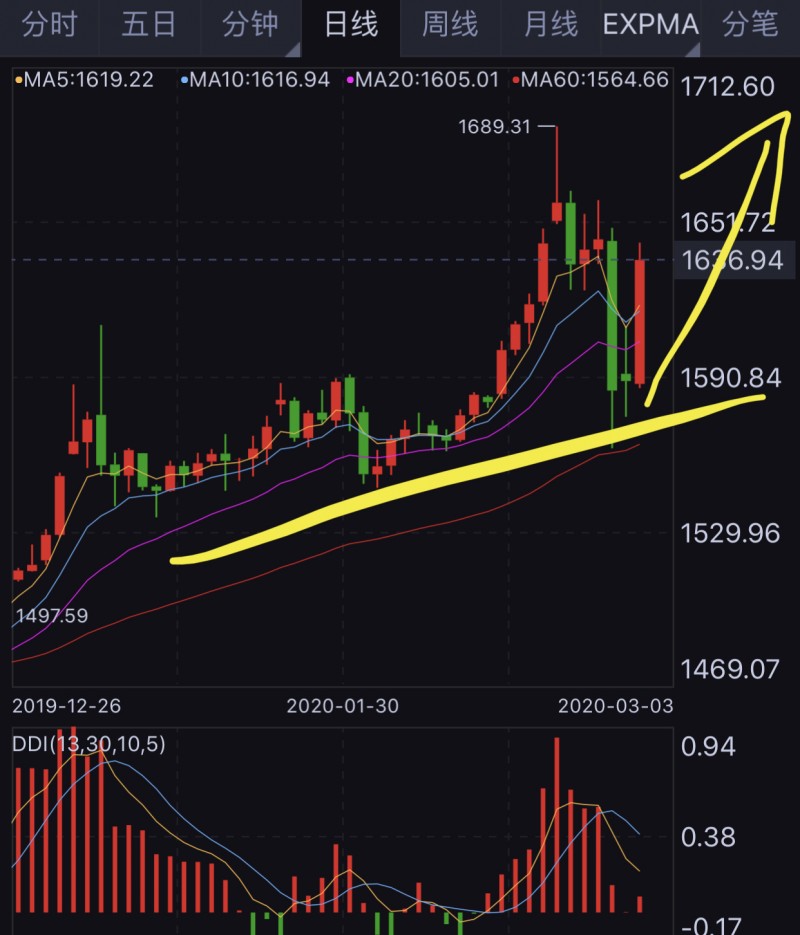原标题:2020年墨西哥湾石油产量或将再创历史新高
据钻机区2019年12月29日奥斯陆报道,尽管美国联邦墨西哥湾(GOM)的投资大幅下滑,但包括挪威雷斯塔能源公司和美国能源信息署在内的行业专家预计,2020年将是墨西哥湾石油产量又一个创历史新纪录的年份。雷斯塔能源公司上游团队的分析师约阿希姆·格雷格森表示:“2020年墨西哥湾预计将是另一个石油产量创历史新高的年份,平均日增190多万桶石油产量。”今年,尽管墨西哥湾经常发生日益猛烈的飓风,迫使整个行业一次关闭持续数日,但每天的石油产量仍增加了10万桶。例如,根据EIA的数据,飓风“巴里”在7月19日当周造成美国原油日产量下降了70万桶。
什么在推动生产?
加密钻井、现有油田产量的增加和新发现油田的投产是墨西哥湾明年石油产量增加的主要原因。大部分石油产量增加将来自Mars、Thunder Horse和Tahiti等主要遗留油田的加密钻井。但是,对今年石油供应增长做出贡献的最重要油田是一年前开始生产的雪佛龙公司经营的Big Foot油田和壳牌公司经营的Crosby油田。阿波马托克斯油田是一个年轻的油田,已在今年5月投产,壳牌公司将在2020年提高这个新油田17.5万桶油当量/天的处理能力。此外,自2015年以来,墨西哥湾的美国部分地区迄今发现的石油储量仅次于位居世界第一的南美圭亚那的发现。事实上,在过去的5年里,整个墨西哥湾发现的石油储量超过了50亿桶,价值大约19亿美元。
什么在影响投资?
由于从海上勘探、发现、油田开发和第一桶油产出的时间跨度很长,墨西哥湾的石油生产对油价短期波动的敏感性不如他们当地同胞生产商对油价的敏感性。然而,石油价格的暴跌降低了墨西哥湾海上运营商在2015年和2016年的利润率。这导致了一些投资者调整或削减勘探预算,从而导致了投资放缓以及在墨西哥湾作业的海上钻机数减少。根据贝克休斯地区钻机数量指数,墨西哥湾2019年在用钻机数比2015年的56部减少了一半至22部。然而,与陆上作业不同的是,海上在用钻机数的减少对目前的产量水平几乎没有影响,反而会影响未来的勘探和新项目的启动。
自2014- 2015年油价暴跌以来,石油行业在控制成本和提高生产率方面做得更好。设备、材料和劳动力的单位成本已经下降,石油生产商利用这些节省来改进新项目的设计、建造和运营。该行业正在以更少的成本生产更多的产品,并为精心挑选的项目开了绿灯。格雷格森解释说:“这部分是通过缩小项目规模和优先考虑允许搭售来实现的。通过油田扩建和分阶段开发利用现有的上层甲板产能对业务支出有积极影响。”
其结果是,墨西哥湾地区的总投资将从2014年的302亿美元减少近一半,原因是自2015年以来,开发成本下降了60%,运营支出减少了7%。尽管如此,即便是在这种低油价环境下,成本削减和生产率提高已经取得了成效,使运营商得以提高产量,并重新投入勘探和油田开发。
李峻 编译自 钻机区
原文如下:
Gulf of Mexico Oil Output Targeting Record Year
Despite a massive downturn in investment in the U.S. Federal Gulf of Mexico (GOM), industry experts including Rystad Energy and the U.S. based Energy Information Agency (EIA) are anticipating that 2020 will be yet another record year. “2020 is expected to be another record year with average production above 1.9 million barrels per day,” states Joachim Milling Gregersen, an analyst on Rystad Energy’s Upstream team. This is an additional 100,000 barrels a day on 2019 despite the increasing ferocity of the regular hurricanes in the region, which force the entire industry to close down for days at a time. For example, Hurricane Barry caused a drop of 700,000 barrels of oil per day (bopd) in U.S. crude production during the week of July 19th, according to the U.S. EIA.
What’s driving production?
Infill drilling, increasing production from existing fields and discoveries account for rising production. Much of the output has come from infill drilling in leading legacy producing fields such as Mars, Thunder Horse and Tahiti. But, the most important fields contributing to supply growth in 2019 have been Chevron’s Big Foot, which began production a year ago, and Shell’s Crosby fields. Appomattox is a young field which started production in May and Shell will ramp up its processing capacity of 175,000 barrels of oil equivalent per day (boepd) next year. Moreover, since 2015, the U.S. part of the Gulf of Mexico has enjoyed discoveries second only to the world leader Guyana, in South America. In fact the collective resource found in the whole Gulf of Mexico over the past five years totals over 5 billion barrels of oil valued at around $1.9 billion.
What’s affecting investment?
Due to the long timeline of offshore exploration, discovery, field development and first oil, oil production in the Gulf of Mexico is less price sensitive to short-term variations in oil prices than their compatriot mainland producers. Nevertheless, the collapse in the oil price reduced profit margins for Gulf of Mexico offshore operators during 2015 and 2016. This led several investors to restructure or reduce exploration budgets, which resulted in a slowdown in investment and a decline in the number of offshore rigs operating in GOM. According to the Baker Hughes Rig Count Index for the region, the number of rigs more than halved from 56 in 2015 to just 22 in 2019. However, unlike counterpart onshore operations, the fall in rig count has little effect on present production levels, but rather it affects future exploration and start-ups of new projects.
Since the oil price crash of 2014-15, the oil industry has become much better at controlling its costs and boosting productivity. Unit costs for equipment, materials and labor have fallen and oil producers have used these savings to improve the design, build and operation of new projects. The industry is producing more for less and has given the green light for carefully selected projects. As Gregersen explains,” this has been done in part through downscaling of projects and a preference towards sanctioning tie-backs for the time being. Utilizing available topside capacity through field expansions and phased development has a positive impact on operational expenditures.”
The result is seen in a near halving of total investment in the region from $30.2 billion in 2014, thanks to a 60 percent drop in development costs and a 7 percent cut in operational expenditures since 2015.Nonetheless, cost cutting and improvements in productivity have paid off, enabling operators to boost production and return to exploration and field development, even in this low oil price environment.
新浪财经公众号
24小时滚动播报最新的财经资讯和视频,更多粉丝福利扫描二维码关注(sinafinance)
 客服热线:
客服热线:


